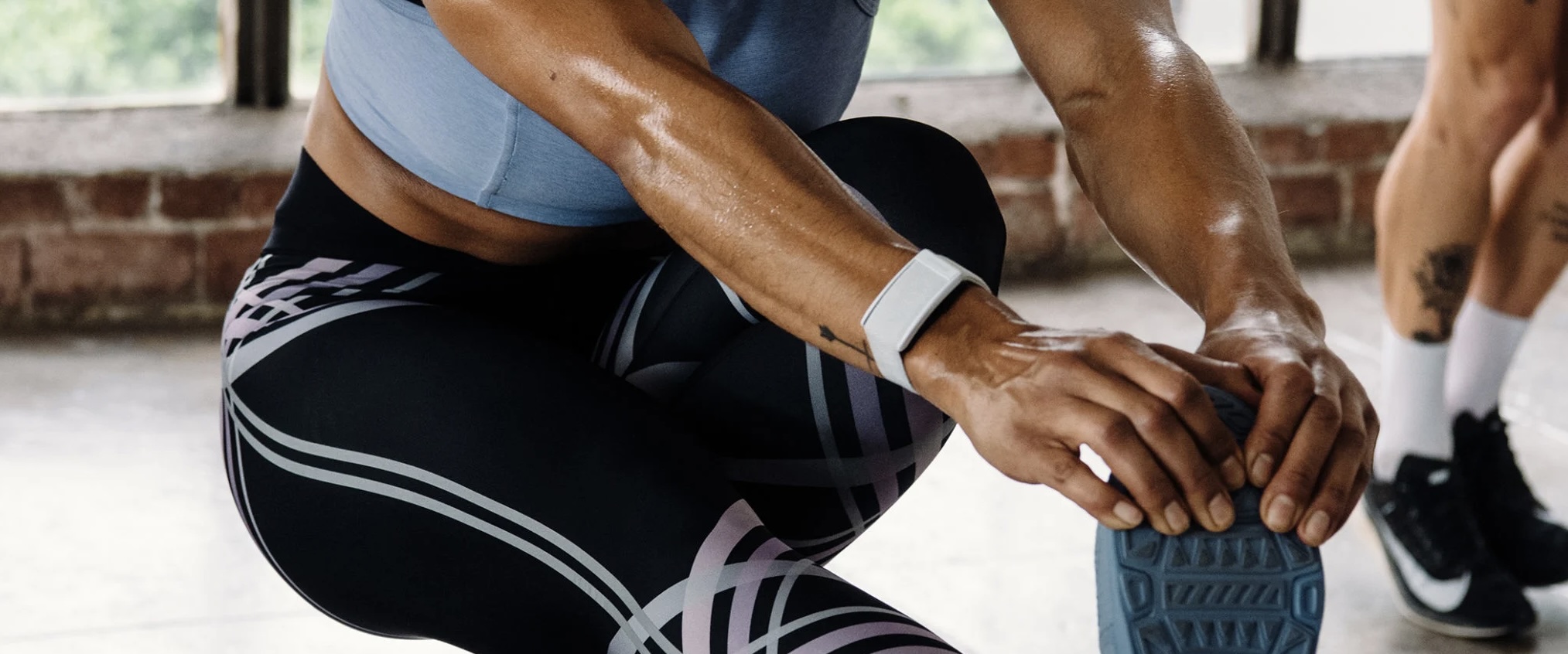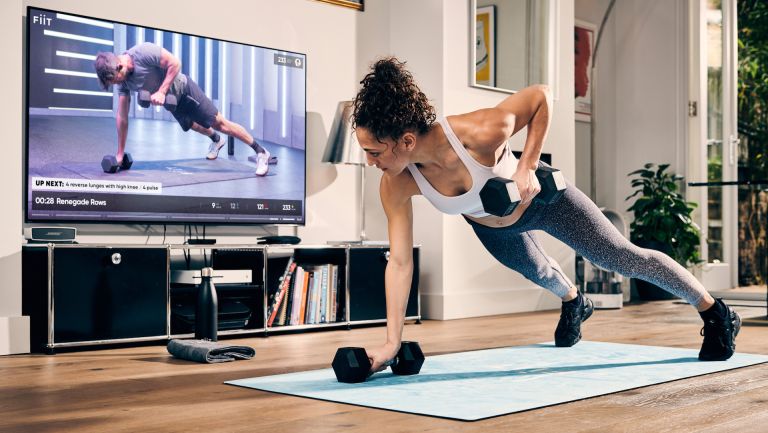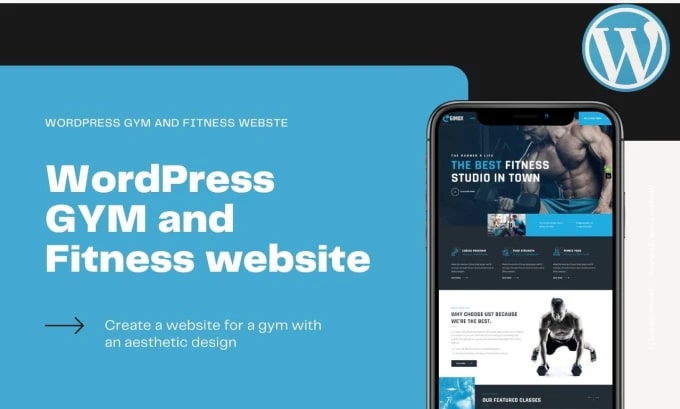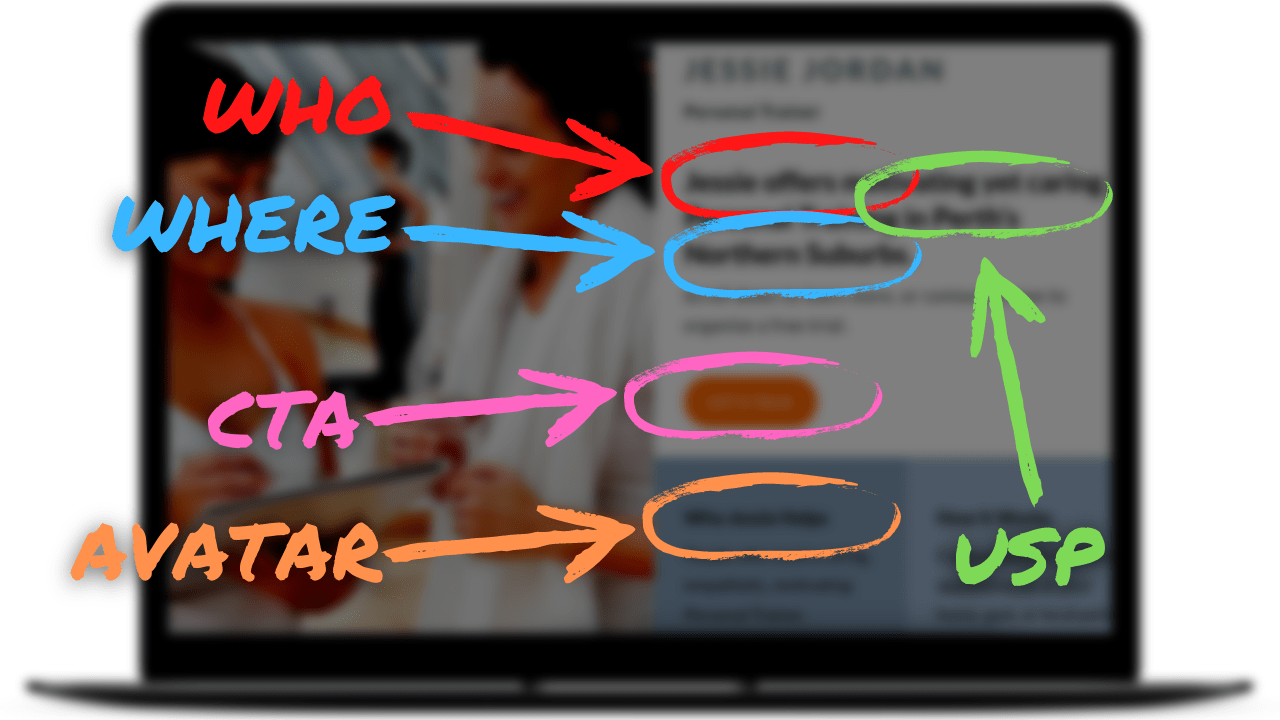The Importance of Sleep in a Culture of Overwork and Its Impact on Athletic Performance

In today's fast-paced society, where overworking and under-recovering have become the norm, sleep often takes a back seat. Whether you're in a high-pressure office job, a demanding medical field, or striving for athletic excellence, the emphasis on productivity and achievement frequently overshadows the critical need for rest. This blog delves into the significance of sleep, especially for athletes, and offers practical advice on improving sleep hygiene to enhance both general health and athletic performance.
The Role of Sleep in Athletic Performance
1. Recovery and Repair
For athletes, sleep is not just a period of rest but a vital component of recovery and repair. During deep sleep stages, the body releases growth hormone, essential for muscle repair and growth (Hannibal, 2018). This recovery process is crucial for improving performance and preventing injuries. Without adequate sleep, athletes may experience diminished training gains and prolonged recovery times.
2. Cognitive Function
Sleep has a profound impact on cognitive functions such as concentration, decision-making, and reaction times. Research by Walker (2017) indicates that sleep deprivation impairs cognitive performance and motor skills, which are crucial for tasks requiring precision and quick reflexes. This is especially important for athletes who rely on sharp focus and split-second decisions during competition.
3. Hormonal Regulation
Sleep plays a critical role in regulating hormones that control appetite, stress, and metabolism. Studies have shown that sleep deprivation can disrupt levels of leptin and ghrelin, hormones responsible for hunger and satiety, leading to increased appetite and potential weight gain (Spiegel et al., 2004). For athletes, maintaining hormonal balance through adequate sleep is vital for optimal performance and body composition.
4. Immune Function
Quality sleep supports a robust immune system, reducing the risk of illness and injury. According to Cohen et al. (2009), insufficient sleep can compromise the immune system, making athletes more susceptible to infections and illnesses that can hinder training and performance.
Health Impacts of Sleep Deprivation
1. Sleep and Appetite Regulation
Sleep deprivation can lead to increased caloric intake and weight gain. A study by Calvin et al. (2013) found that individuals with restricted sleep consumed significantly more calories compared to those who slept normally. This imbalance in energy intake can be detrimental to athletes trying to manage their weight and optimise performance.
2. Metabolic Disturbances
Chronic sleep deprivation can lead to elevated cortisol levels, a stress hormone associated with muscle loss and fat accumulation. Song et al. (2015) demonstrated that sleep deprivation resulted in higher cortisol levels and increased mental health risks. For athletes, this means that inadequate sleep can impair muscle recovery and hinder overall progress.
3. Impacts on Weight Loss Efforts
Adequate sleep is essential for effective weight loss and maintaining muscle mass. Nedeltcheva et al. (2010) found that sleep-deprived individuals lost significantly less weight and more muscle mass compared to those who slept well. This underscores the importance of sufficient sleep in achieving fitness and weight management goals.
4. Cardiovascular and Immune System Effects
Lack of sleep can lead to serious health issues, including hypertension, high cholesterol, and a heightened risk of heart attacks. Chronic sleep deprivation also weakens the immune system, making individuals more susceptible to illnesses and potentially increasing the risk of certain cancers (Hanson & Huecker, 2020).
Steps to Improve Sleep Hygiene and Quality
1. Maintain a Consistent Sleep Schedule
Going to bed and waking up at the same time every day helps regulate your circadian rhythm and improves sleep quality. Wright et al. (2015) found that consistent sleep patterns support better overall sleep health.
2. Create a Relaxing Bedtime Routine
Developing a pre-sleep routine can help signal to your body that it’s time to unwind. Activities like reading, gentle stretching, or a warm bath can help relax your mind and body, making it easier to fall asleep (Hirshkowitz et al., 2015).
3. Optimize Your Sleep Environment
Ensure your sleep environment promotes restfulness. This includes maintaining a cool room temperature (around 18°C), using a comfortable mattress, and minimising light and noise. A study by Okamoto-Mizuno and Mizuno (2012) showed that a cooler bedroom environment enhances sleep quality.
4. Limit Exposure to Screens
The blue light from electronic devices can interfere with melatonin production, crucial for regulating sleep. Reducing screen time before bed can help improve sleep quality and duration, as highlighted by Chang et al. (2015).
5. Monitor Caffeine and Alcohol Intake
Caffeine and alcohol can negatively impact sleep quality. Avoid consuming these substances in the hours leading up to bedtime. Research by Roehrs and Roth (2001) indicates that both can lead to fragmented sleep and reduced overall sleep quality.
6. Manage Stress
Chronic stress can disrupt sleep patterns. Incorporating stress management techniques, such as mindfulness, meditation, or deep breathing exercises, can improve sleep quality. Goyal et al. (2014) found that mindfulness meditation can enhance sleep quality and reduce insomnia symptoms.
7. Prioritise Sleep
Recognise that sleep is as crucial as diet and exercise for achieving peak athletic performance. Athletes should aim for 7-9 hours of sleep per night to support their training and recovery needs. Fuller et al. (2006) emphasised that sleep is an integral component of a successful training regimen.
Conclusion
In a culture that often prioritises work and productivity over rest, it is essential to recognise the critical role of sleep in maintaining overall health and optimising athletic performance. By adopting effective sleep hygiene practices and prioritising rest, athletes and individuals alike can enhance their performance, support recovery, and improve overall well-being. Embrace the importance of sleep and make it a cornerstone of your health and fitness strategy.
References
-
Calvin, A. D., Carter, R. E., Adachi, T., Macedo, P. G., Albuquerque, F. N., van der Walt, C., Bukartyk, J., Davison, D. E., Levine, J. A., & Somers, V. K. (2013). "Effects of Experimental Sleep Restriction on Caloric Intake and Activity Energy Expenditure." Chest, 144(1), 79-86. https://doi.org/10.1378/chest.12-2829
-
Cohen, S., Doyle, W. J., Alper, C. M., Janicki-Deverts, D., & Turner, R. B. (2009). "Sleep habits and susceptibility to the common cold." Archives of Internal Medicine, 169(1), 62-67.
-
Chang, A. M., Aeschbach, D., Duffy, J. F., & Czeisler, C. A. (2015). "Evening use of light-emitting eReaders negatively affects sleep, circadian timing, and next-morning alertness." Proceedings of the National Academy of Sciences, 112(4), 1232-1237.
-
Fuller, P. M., & Saper, C. B. (2006). "The regulation of sleep and wakefulness." Neuroscience & Biobehavioral Reviews, 30(2), 283-293.
-
Goyal, M., Singh, S., Sibinga, E. M., & Gould, N. F. (2014). "Meditation programs for psychological stress and well-being: A systematic review and meta-analysis." JAMA Internal Medicine, 174(3), 357-368.
-
Hannibal, J. (2018). "Role of the Sleep Hormone Melatonin in Regulating the Immune Response." Journal of Clinical Medicine, 7(7), 212.
-
Hanson, J. A., & Huecker, M. R. (2020). "Sleep Deprivation." PubMed; StatPearls Publishing. https://www.ncbi.nlm.nih.gov/books/NBK547676/
-
Hirshkowitz, M., Whiton, K., Albert, S. M., & Alessi, C. (2015). "National Sleep Foundation’s sleep time duration recommendations: methodology and results summary." Sleep Health, 1(1), 40-43.
-
Magee, C. A., Iverson, D. C., & Caputi, P. (2009). "Factors associated with short and long sleep." Preventive Medicine, 49(6), 461-467. https://doi.org/10.1016/j.ypmed.2009.10.006
-
Nedeltcheva, A., Kilkus, J., Imperial, J., Schoeller, D., & Penev, P. (2010). "Insufficient sleep undermines dietary efforts to reduce adiposity." Annals of Internal Medicine, 153(7). https://doi.org/10.1059/0003-4819-153-7-201010050-00006
-
Okamoto-Mizuno, K., & Mizuno, K. (2012). "Effects of thermal environment on sleep and circadian rhythm." Journal of Physiological Anthropology, 31(1), 14.
-
Papatriantafyllou, E., Efthymiou, D., Zoumbaneas, E., Popescu, C. A., & Vassilopoulou, E. (2022). "Sleep Deprivation: Effects on Weight Loss and Weight Loss Maintenance." Nutrients, 14(8), 1549. https://doi.org/10.3390/nu14081549
-
Roehrs, T., & Roth, T. (2001). "Caffeine: sleep and daytime sleepiness." Sleep Medicine Reviews, 5(2), 73-88.
-
Song, H., Sun, X., Yang, T., Zhang, L., Yang, J., & Bai, J. (2015). "Effects of sleep deprivation on serum cortisol level and mental health in servicemen." International Journal of Psychophysiology, 96(3), 169-175. https://doi.org/10.1016/j.ijpsycho.2015.04.008
-
Spiegel, K., Leproult, R., & Van Cauter, E. (2004). "Impact of sleep deprivation on premenopausal and postmenopausal women’s leptin and ghrelin levels." Journal of Clinical Endocrinology & Metabolism, 89(11), 5774-5781.
-
Walker, M. P. (2017). "The benefits of sleep for athletes." Nature Reviews Neuroscience, 18(6), 348-359.
-
Wright, K. P., Jr, Gronfier, C., Duffy, J. F., & Czeisler, C. A. (2015). "Entrainment of the human circadian clock to the natural light-dark cycle." Current Biology, 15(24), 2087-2093.















